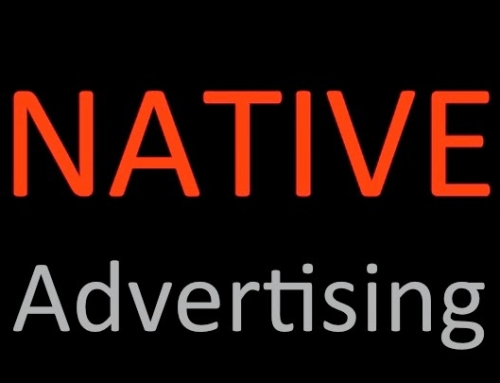How do you handle your sales inquiries? Does this sound like your company? Typically an inquiry is generated through various marketing communications activities, whether it be online, at a trade show, through a print advertisement, press release, or other communications vehicle. Then a piece of literature is sent out and the sales inquiry is sent to the sales department for follow-up. What happens from there? No one seems to know. The sales department complains that the marcom department is not providing any “good” leads. That is, “we already know about that lead”. And the marcom department points fingers at the sales department for not promptly following up on the lead. So, where is the accountability?
How do you turn an inquiry into a lead? First of all, you must understand that the marcom department only generates inquiries. Once the inquiry has been passed on to the sales department and they have followed up, then it can be deemed a sales lead, if appropriate. So, the solution is to qualify the inquiry so that it can become a viable sales lead. In the past most companies have relied on the sales department to qualify a lead. But more and more companies are placing the responsibility on the marcom department. Some companies will outsource this task to a lead management company or use their own in-house software. But, those sources are really only used to manage the “paper” so to speak. We still don’t know what happens after the lead goes to the sales department. Traditionally, there has been no feedback from the sales force as to when they have followed up and what the results were of their follow-up phone call.
So, what’s a company to do? Here’s an example. On average, over 20 telephone dialings are required to identify a prospect who either has an immediate need or a future intention to purchase. That’s one reason why so many inquiries don’t get converted to sales leads and are not followed up on. When an inquiry has been qualified, converted to a lead, and then turned over to the sales force, only 2 dialings, on average, are necessary to reach the identified propsect. This makes it much more streamlined for the sales person to do what they do best, and that’s sell the prospect on the benefits of the company’s products and close the deal.
So, what are the benefits to inquiry qualification? Here are a few:
Immediate identification of prospects — You will now be able to categorize your prospects as “hot”, “cold”, or somewhere in the middle.
Improved sales follow-up of leads — Since there is much less legwork, the sales force will be more willing to follow up on these leads since s/he already knows they are qualified.
Reduced cost per sales call — Now the sales force is directed on direct selling and not on the qualification process. So, they will close more sales in less time.
Better CRM database management — When using CRM software, you can now generate better quality mailing lists for future marketing communications tactics since you will have a history of that prospect’s interaction with your company; that is, which trade shows they attended, what the results were of the sales rep’s follow-up, etc.
So, why waste your precious marketing budget by generating a lot of inquiries when they aren’t converted into sales leads. Instead of having an adversarial relationship between marketing and sales, try the cooperative approach and see how it affects your company’s bottom line.





